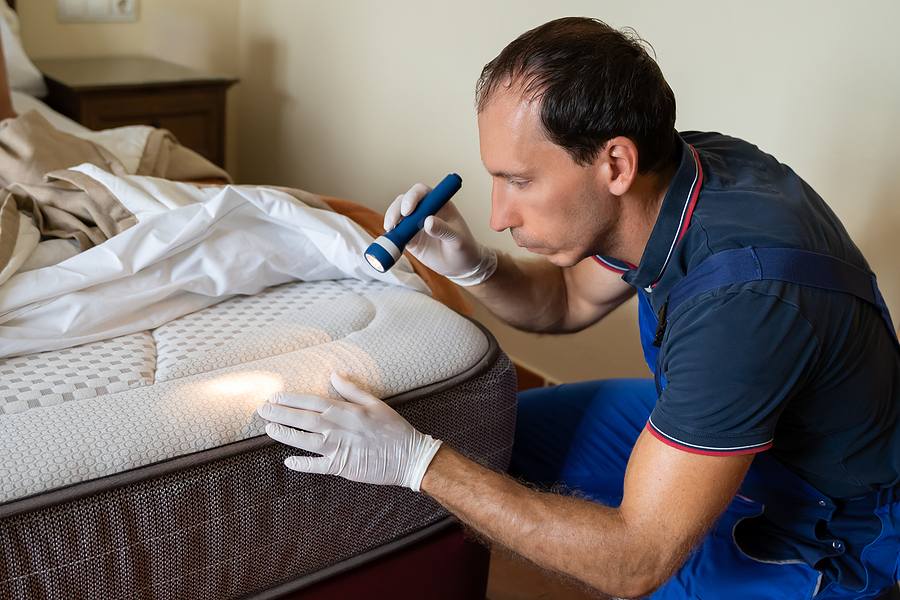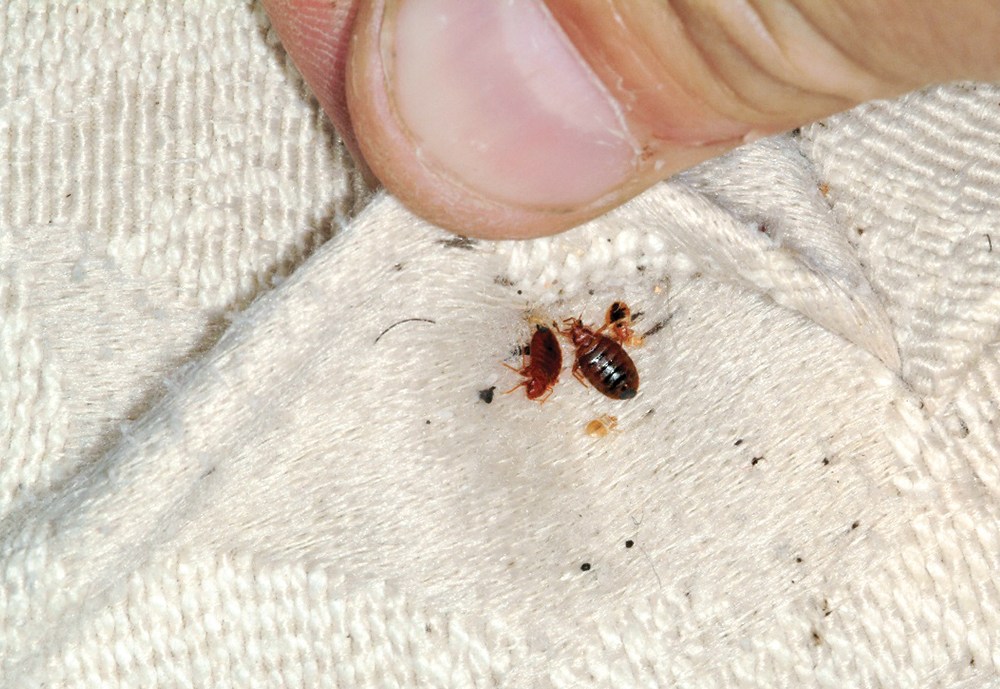Expert A1 Bed Bug Exterminator in Houston - Effective Solutions
Expert A1 Bed Bug Exterminator in Houston - Effective Solutions
Blog Article
Recognizing the Lifecycle of Bugs for Targeted Control Approaches
Comprehending the lifecycle of insects is an essential facet of effective parasite monitoring techniques. Through a much deeper understanding of how bugs develop and thrive, customized control methods can be developed to deal with specific points in their lifecycle, inevitably leading to more successful parasite administration end results.
Significance of Recognizing Bug Lifecycle
Recognizing the lifecycle of bugs is vital for establishing effective and targeted control methods in parasite monitoring. By comprehending the numerous stages an insect goes with from egg to grownup, parasite control specialists can identify weak spots in the lifecycle where intervention can be most successful. Knowing when larvae are most active can help establish the optimum timing for applying larvicides. In addition, recognizing the life expectancy of a parasite types can aid in anticipating populace growth patterns and prospective problem dangers.
Furthermore, identifying the particular ecological problems necessary for each and every phase of the parasite's lifecycle can lead decisions on habitat alteration or exclusion approaches to disrupt the lifecycle and decrease bug populaces. This knowledge makes it possible for pest administration experts to implement proactive measures instead of depending solely on responsive therapies, leading to more long-term and sustainable bug control services. Ultimately, a detailed understanding of pest lifecycles equips bug control practitioners to customize their techniques successfully, making best use of and reducing ecological impacts control results.
Key Stages in Bug Development
To efficiently implement targeted control methods in bug management, an important element hinges on comprehensively identifying and understanding the key stages in parasite growth. Parasite growth normally includes several vital phases that are essential for their lifecycle and administration. The very first phase is the egg phase, where insects lay eggs that later hatch out into larvae. Larvae after that proceed right into pupae, a phase where they undergo transformation prior to emerging as grown-up parasites. Recognizing these phases is vital as it aids in identifying weak spots in the lifecycle where control steps can be most effective.

Vulnerabilities in Insect Lifecycle
Throughout the different stages of an insect's lifecycle, distinct susceptabilities emerge that can be strategically targeted for reliable control measures. One critical vulnerability hinges on the egg phase, where parasites are usually much more susceptible to certain insecticides or biological control representatives as a result of their soft outer covering, making them less complicated targets for treatment. In addition, the nymph or additional reading larval stage provides vulnerabilities as bugs undertake fast development and development, calling for high power usage that can be manipulated by disrupting their food sources or presenting growth inhibitors. Pupal phases, characterized by stability and transformation, offer a home window for targeted control via physical barriers or certain therapies that prevent effective development. Finally, grown-up bugs, while much more resilient due to their reproductive capacity, can still be vulnerable throughout breeding or egg-laying activities, which can be disrupted via pheromone traps or sterilization strategies. Understanding these susceptabilities in the insect lifecycle is vital for establishing efficient and accurate control methods that effectively handle insect populaces while reducing ecological influence.
Carrying Out Targeted Control Steps

Carrying out targeted control measures normally includes a multi-faceted approach. This might consist of habitat alteration to make the environment much less welcoming to pests, such as eliminating standing water for insect control or sealing access points for rats. In addition, biological control methods can be made use of, where all-natural predators or microorganisms are introduced to maintain pest populations in check.
Integrated Bug Monitoring (IPM) techniques that incorporate various control actions in a worked with and sustainable fashion are frequently the most effective in achieving lasting pest administration objectives. By applying targeted control procedures based on a thorough understanding of insect lifecycles, parasite populaces can be successfully regulated while reducing threats to human wellness and the setting.
Enhanced Pest Administration Practices

Moreover, the incorporation of organic control representatives, such as natural predators or microorganisms of bugs, can help in reducing reliance on chemical pesticides and promote an extra balanced ecosystem. Executing physical obstacles and catches can likewise become part of boosted bug management practices, supplying safe and targeted options see here for bug control. Furthermore, making use of pheromones and other semiochemicals can disrupt pest mating patterns and communication, bring about decreased insect populations gradually.
Conclusion
By identifying crucial stages in pest advancement and vulnerabilities in their lifecycle, targeted control steps can be implemented to reduce insect populaces. Boosted parasite management techniques can help lower the reliance on broad-spectrum pesticides and promote even more lasting and environmentally friendly bug control methods.
Recognizing the lifecycle of bugs is important for creating efficient and targeted control techniques in insect monitoring. By understanding the various stages an insect goes through from egg to grownup, pest control experts can determine at risk points in the lifecycle where intervention can be most effective. Ultimately, an extensive understanding of parasite lifecycles empowers pest control experts to customize their methods successfully, minimizing environmental influences and maximizing control end results.
By applying targeted control actions based on a complete understanding of insect lifecycles, pest populaces can be properly managed while reducing risks to human health and wellness and the setting.
By identifying key phases in pest advancement and vulnerabilities in their lifecycle, targeted control actions can be carried out to reduce parasite populations.
Report this page